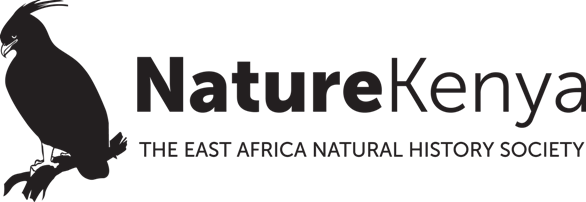On June 5th, we, and the world, marked World Environment Day. This year the event called for transformative changes to policies and choices to enable cleaner, greener, and sustainable living in harmony with nature under the #OnlyOneEarth campaign. Humans need to decide to live sustainably, in harmony with nature, by shifting to greener lifestyles and by making suitable policies and individual choices. “Only One Earth” was the motto of the United Nations Conference on the Human Environment held in Stockholm, Sweden, in 1972. Fifty years on, the motto is more pertinent than ever – planet Earth is our only home, and humanity must safeguard its finite resources.
The national celebrations took place in Nyeri county at the Dedan Kimathi University of Technology. Nature Kenya supported and took part in the event. Elsewhere, 16 site support groups (SSGs) affiliated with Nature Kenya, and other partners, held activities to mark the day. The SSGs were from Dakatcha Woodland, Taita hills, Kinangop grasslands, Yala and Dunga swamps, Tana River Delta, Maasai Mara, Mida Creek, Sabaki River estuary, Kikuyu escarpment, Mukurwe-ini valleys, Kakamega forest, Arabuko-Sokoke forest, Mount Kenya, North Nandi forest, Mumoni and Mutitu hilltops Key Biodiversity Areas (KBAs).
Activities held by the SSGs during the day included clean-ups, tree planting, bird watching and environmental education and awareness creation, with 2,479 individuals, including school children, participating. Eight SSGs planted over 10,000 trees to mark the day.
